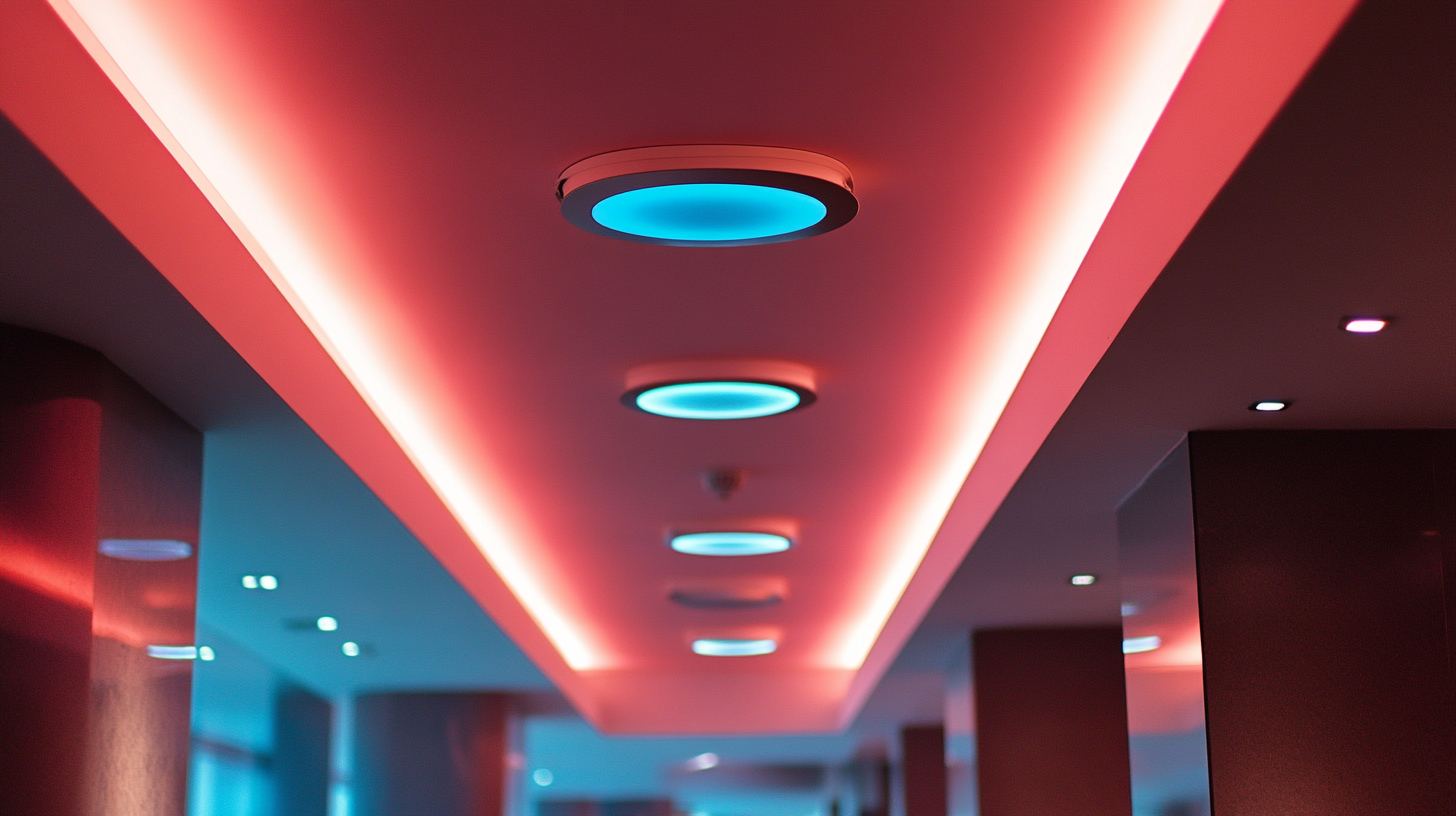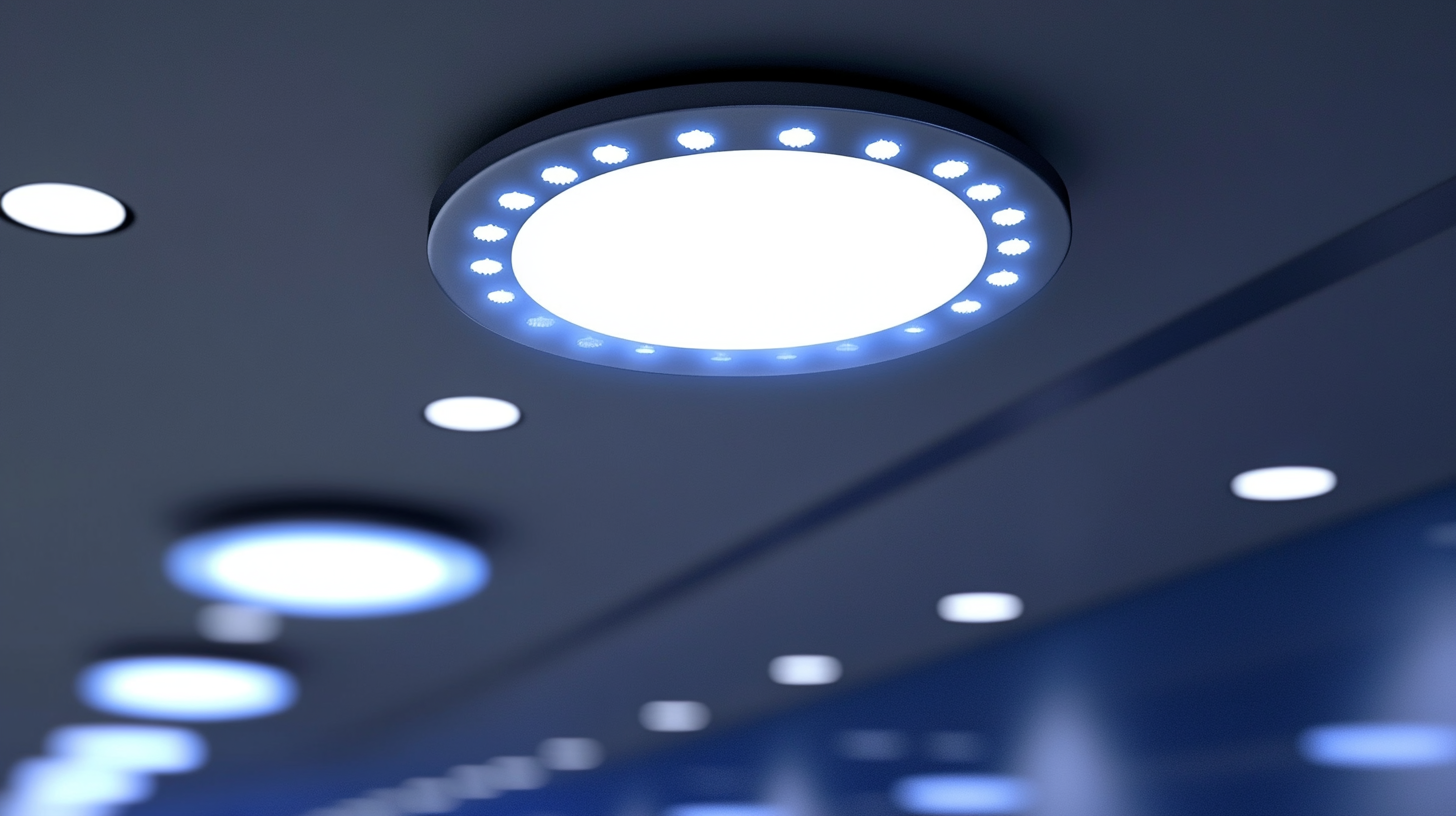 English
English-
 English
English -
 Español
Español -
 Português
Português -
 русский
русский -
 Français
Français -
 日本語
日本語 -
 Deutsch
Deutsch -
 tiếng Việt
tiếng Việt -
 Italiano
Italiano -
 Nederlands
Nederlands -
 ภาษาไทย
ภาษาไทย -
 Polski
Polski -
 한국어
한국어 -
 Svenska
Svenska -
 magyar
magyar -
 Malay
Malay -
 বাংলা ভাষার
বাংলা ভাষার -
 Dansk
Dansk -
 Suomi
Suomi -
 हिन्दी
हिन्दी -
 Pilipino
Pilipino -
 Türkçe
Türkçe -
 Gaeilge
Gaeilge -
 العربية
العربية -
 Indonesia
Indonesia -
 Norsk
Norsk -
 تمل
تمل -
 český
český -
 ελληνικά
ελληνικά -
 український
український -
 Javanese
Javanese -
 فارسی
فارسی -
 தமிழ்
தமிழ் -
 తెలుగు
తెలుగు -
 नेपाली
नेपाली -
 Burmese
Burmese -
 български
български -
 ລາວ
ລາວ -
 Latine
Latine -
 Қазақша
Қазақша -
 Euskal
Euskal -
 Azərbaycan
Azərbaycan -
 Slovenský jazyk
Slovenský jazyk -
 Македонски
Македонски -
 Lietuvos
Lietuvos -
 Eesti Keel
Eesti Keel -
 Română
Română -
 Slovenski
Slovenski -
 मराठी
मराठी -
 Srpski језик
Srpski језик
7 Essential Tips for Choosing the Best LED Ceiling Light
In recent years, the LED ceiling light market has witnessed exponential growth, driven by increasing consumer demand for energy-efficient lighting solutions. According to a report by MarketsandMarkets, the global LED lighting market is projected to reach USD 138.9 billion by 2024, up from USD 63.1 billion in 2019, growing at a CAGR of 17.4%. This surge can be attributed to the superior longevity, reduced energy consumption, and eco-friendliness of LED technology compared to traditional lighting options.

As the world embraces sustainable practices, it is imperative to understand how to select the best LED ceiling light to enhance both aesthetic appeal and energy efficiency in various environments. With the remarkable manufacturing capabilities from China, which has solidified its position as a leading exporter of LED products, consumers are presented with an array of choices that can transform their spaces.
Therefore, making an informed decision on the right LED ceiling light is crucial for optimizing both functionality and design.
Understanding Different Types of LED Ceiling Lights: A Comprehensive Overview
 When selecting LED ceiling lights, understanding the various types available is crucial for making an informed decision. LED ceiling lights come in different forms, such as flush-mount lights, recessed lights, and pendant fixtures. Each type serves distinct purposes and can dramatically alter the ambiance of a space. For instance, flush-mount varieties are ideal for low ceilings while providing a sleek look, whereas pendant lights can add a decorative touch and provide focused lighting over dining areas or kitchens.
When selecting LED ceiling lights, understanding the various types available is crucial for making an informed decision. LED ceiling lights come in different forms, such as flush-mount lights, recessed lights, and pendant fixtures. Each type serves distinct purposes and can dramatically alter the ambiance of a space. For instance, flush-mount varieties are ideal for low ceilings while providing a sleek look, whereas pendant lights can add a decorative touch and provide focused lighting over dining areas or kitchens.
Additionally, energy efficiency is a key factor to consider when choosing LED lighting. Energy-saving light bulbs not only reduce your utility bills but also contribute to a smaller carbon footprint, making them an eco-friendly choice. Advances in LED technology have led to brighter options that mimic natural light and enhance the overall aesthetic of a room. Furthermore, the mood-influencing aspects of colored lights can play a significant role in how we feel in a space. Different colors can evoke various emotions, which is particularly important when designing a home or workspace, underscoring the importance of selecting the right type of LED ceiling light for your needs.
Comparing LED with Traditional Lighting: Pros and Cons
 When it comes to illuminating your spaces, the choice between LED and traditional lighting is crucial for both aesthetics and efficiency.
LED lights are known for their energy efficiency, consuming up to 75% less energy than incandescent bulbs. This not only translates into significant savings on your electricity bills but also reduces your carbon footprint.
Additionally, LED lights have a longer lifespan, often lasting up to 25,000 hours, which means fewer replacements and less waste. Furthermore, they produce less heat compared to traditional lighting, making them safer and ideal for enclosed spaces.
When it comes to illuminating your spaces, the choice between LED and traditional lighting is crucial for both aesthetics and efficiency.
LED lights are known for their energy efficiency, consuming up to 75% less energy than incandescent bulbs. This not only translates into significant savings on your electricity bills but also reduces your carbon footprint.
Additionally, LED lights have a longer lifespan, often lasting up to 25,000 hours, which means fewer replacements and less waste. Furthermore, they produce less heat compared to traditional lighting, making them safer and ideal for enclosed spaces.
On the other hand, traditional lighting, such as incandescent and fluorescent bulbs, may still hold appeal for some.
Incandescent bulbs are prized for their warm glow and color rendering capabilities, which can create a cozy atmosphere. However, the energy consumption and shorter lifespan make them less practical for long-term use.
Fluorescent lights, while more efficient than incandescents, contain harmful substances and may flicker, causing discomfort to eyes. By weighing these pros and cons, you can make an informed decision about the best lighting solution for your home or office, ensuring both comfort and efficiency.
Evaluating Brightness and Color Temperature for Optimal Ambiance
When selecting the ideal LED ceiling light, evaluating brightness and color temperature is crucial for creating the desired ambiance in your space. Brightness, measured in lumens, determines how well the light can illuminate an area. For functional spaces like kitchens and work areas, a higher lumen output is essential, while softer lighting with lower lumens may be more suitable for bedrooms or relaxation areas. Consider the layout and purpose of the room to decide how bright the lighting needs to be, striking a balance between providing adequate illumination and maintaining comfort.
Color temperature, on the other hand, plays a significant role in setting the mood. It is measured in Kelvin (K) and ranges from warm (2700K-3000K) to cool (4000K and above) tones. Warm light creates a cozy and inviting atmosphere, fostering relaxation, making it perfect for living rooms and dining areas. In contrast, cooler tones can enhance focus and productivity, which is ideal for workspaces or kitchens. Understanding these aspects will help you choose LED ceiling lights that not only meet your illumination needs but also enhance the overall aesthetic of your home.
7 Essential Tips for Choosing the Best LED Ceiling Light
| Tip | Description | Brightness (Lumens) | Color Temperature (Kelvin) | Ambiance |
|---|---|---|---|---|
| 1. Determine Purpose | Identify the main use of the space to choose appropriate brightness. | 800 - 1200 | 3000K | Warm |
| 2. Assess Ceiling Height | Higher ceilings may require fixtures with higher lumen output. | 1200 - 1600 | 4000K | Neutral |
| 3. Choose the Right Color Temperature | Select color temperatures that match the desired atmosphere. | 600 - 800 | 5000K | Cool |
| 4. Evaluate Energy Efficiency | Consider energy usage for cost-effective lighting solutions. | 800 | 3000K | Warm |
| 5. Consider Dimming Options | Dimmable lights allow flexibility for different activities. | 1000 | 3500K | Adjustable |
| 6. Match Decor Style | Select fixtures that complement your interior design. | 900 | 2700K | Cozy |
| 7. Read Customer Reviews | Research feedback to gauge overall satisfaction of lighting models. | Varies | Flexible | Diverse |
Energy Efficiency Matters: How to Choose the Right Wattage
When choosing the best LED ceiling light, understanding energy efficiency is crucial, particularly when it comes to wattage. LED lights are renowned for their lower energy consumption compared to traditional bulbs, but selecting the appropriate wattage ensures you achieve the desired brightness while minimizing electricity costs. When assessing wattage, a good rule of thumb is to look for the lumens rating; more lumens means greater light output, allowing you to pick a bulb that suits your space without exceeding your energy requirements.
It's also worth considering how LED ceiling lights can complement other energy-efficient appliances in your home. Just like the most efficient space heaters or cooling systems that are currently on the market, your lighting should harmonize with the overall goal of reducing energy consumption. By opting for LED ceiling lights with the right wattage, not only do you illuminate your space efficiently, but you also contribute to a lower energy bill while making a positive impact on the environment.
Aesthetic Considerations: Integrating LED Lights with Your Home Decor
When integrating LED ceiling lights into your home decor, aesthetic considerations play a vital role. The modern design palette often favors minimalistic and sleek lighting solutions that can enhance the overall ambiance. According to a report by the American Lighting Association, 80% of homeowners prioritize style and appearance when selecting lighting fixtures. This trend emphasizes the importance of matching LED lights with the existing decor, ensuring that they do not only provide illumination but also serve as a stylish accent.
Furthermore, color temperature is an essential factor in creating the desired mood. The color rendering index (CRI) for many LED lights ranges from 80 to 95, allowing for vibrant representation of colors in your living space. A study by the Lighting Research Center suggests that a warm white light (around 2700K) can create a cozy and inviting atmosphere, making it an excellent choice for living rooms and bedrooms. By choosing LED ceiling lights that complement your home’s color scheme and design elements, you can achieve a harmonious balance that elevates the overall aesthetic appeal.


